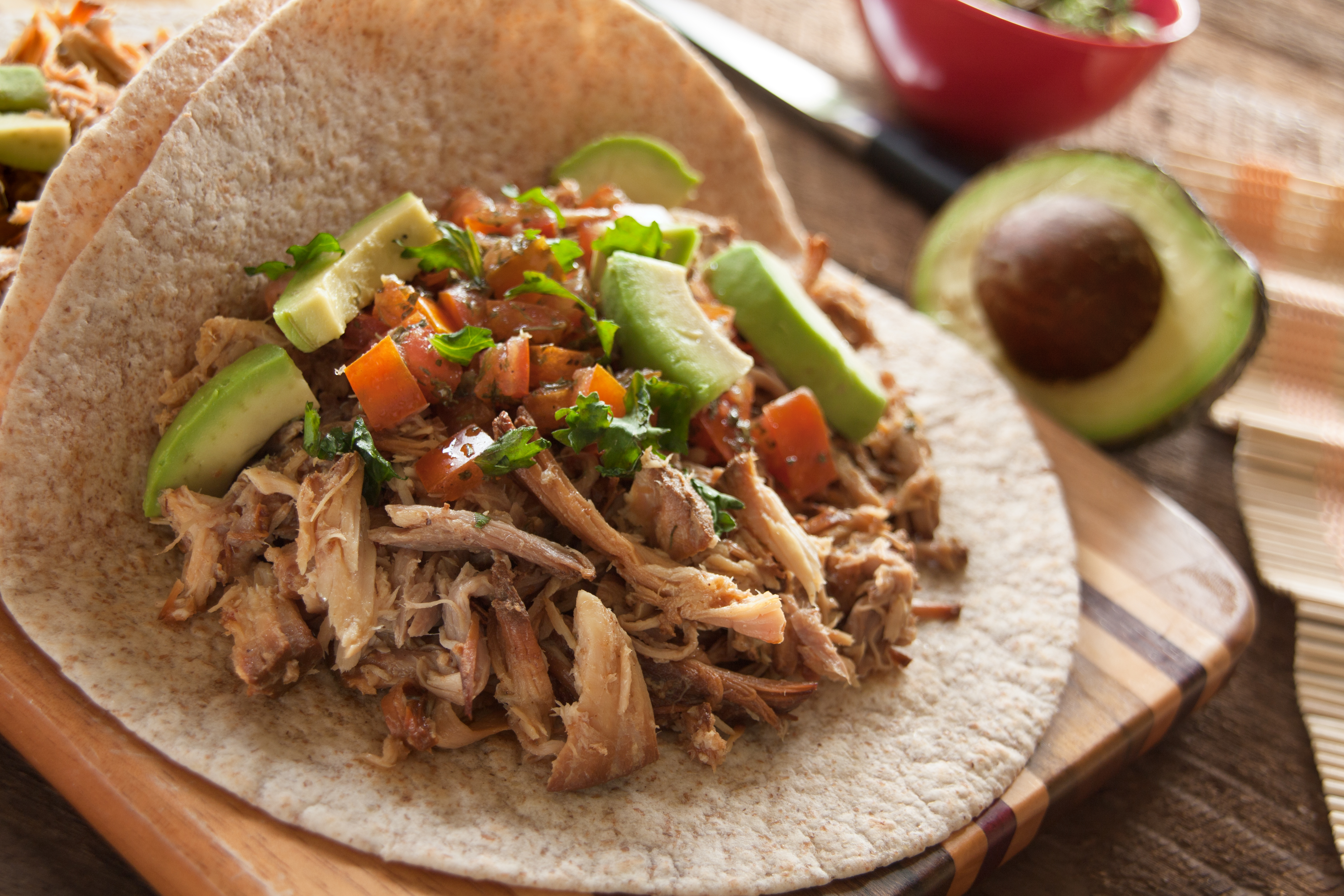There’s no doubt that watching sports on t.v. and noshing go together. There’s also no doubt that nobody wants to be slaving in the kitchen while everyone else is enjoying the game. That’s where the slow-cooker comes in. Let it help you with some of the cooking on game day, and you’ll have more time to catch the on-screen action. As the author of a couple of slow-cooker cookbooks, I’ve got a few tips that can make your slow-cooker food prep smooth and easy…

Use the slow-cooker to help with prep.
Perhaps the entire dish isn’t going to be made or served from the slow cooker, but using the cooker for preparing some ingredients is certainly handy. Ingredients like carnitas for tacos, pulled pork for sandwiches, fajita meat for a fajita buffet spread, or pasta sauces for a self-serve pasta bar are all easy and can be made ahead of time as well.
Plan a make-ahead dish.
Preparing something ahead of time is always a good idea. This approach is also a good idea for slow-cooking. Things like meatballs, pulled pork and chili all are good choices for a make-ahead-and-reheat approach. Simply reheat the foods in the microwave and then you’ll have your slow-cooker free to make an additional dish on game day.
Borrow an extra slow cooker.
It’s handy to have access to a couple of slow cookers if you’re serving a crowd. You can use the extra slow cooker in a couple ways: for extra food prep (the smaller dip-sized cookers are very handy on game day—who doesn’t like a nice, warm dip?), or to help keep foods hot on the buffet table (regardless of if they were originally cooked in the slow cooker).
Keep food safety in mind.
Follow these tips so that your slow cooker, your food and you stay safe during the process:
- Do not put frozen meat or other frozen ingredients directly into the slow cooker and turn it on—you can end up with a cracked slow-cooker and big mess that you may not notice right away.
- Do not put ingredients into the crock and then refrigerate it all—the same cracked crock scenario may ensue. Instead, prep and refrigerate ingredients in baggies, bowls or plastic containers, then add them to the crock just before turning it on.
- When you’re done eating or when the food is done cooking, transfer the food to a container (preferably a shallow one to allow the food to cool faster) and refrigerate it instead of letting it cool in the crock (where the temp of the food may hover in an unsafe zone for too long).